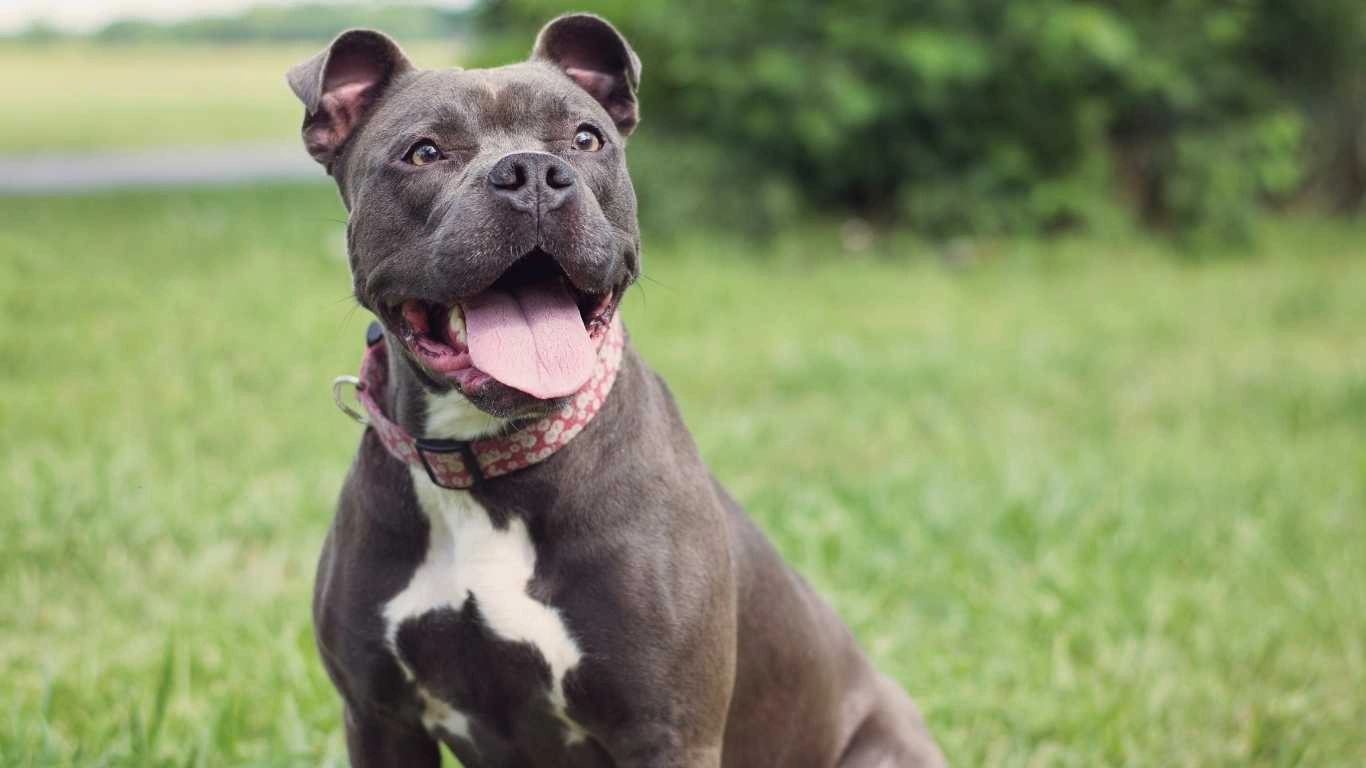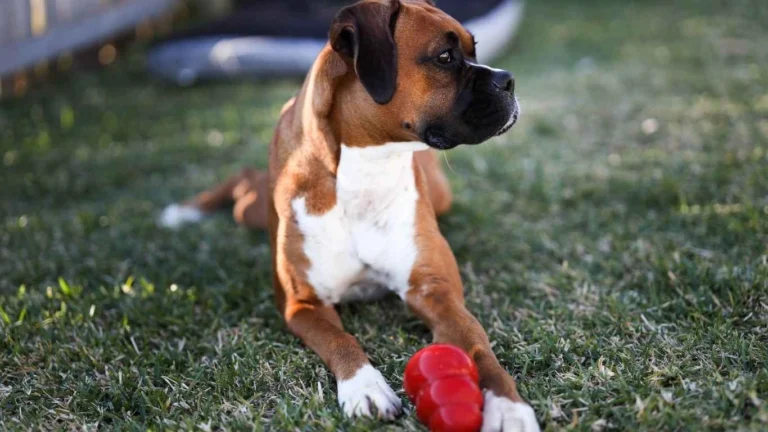Can Dogs Eat Pears? The Surprising Truth Every Dog Owner Should Know
As an Animal Care Specialist, I’ve seen just about every type of pet, and I’ve been asked countless questions about what dogs can and can’t eat. One of the more common questions I get is, “Can dogs eat pears?” It’s a simple question, but the answer involves a bit more than just a straightforward yes or no. While pears are generally safe for dogs in moderation, there are some things you need to know before sharing this tasty fruit with your furry friend. In this article, we’ll dive into the nutritional benefits of pears, potential risks, and how to safely feed them to your dog.
Understanding the Nutritional Benefits of Pears for Dogs
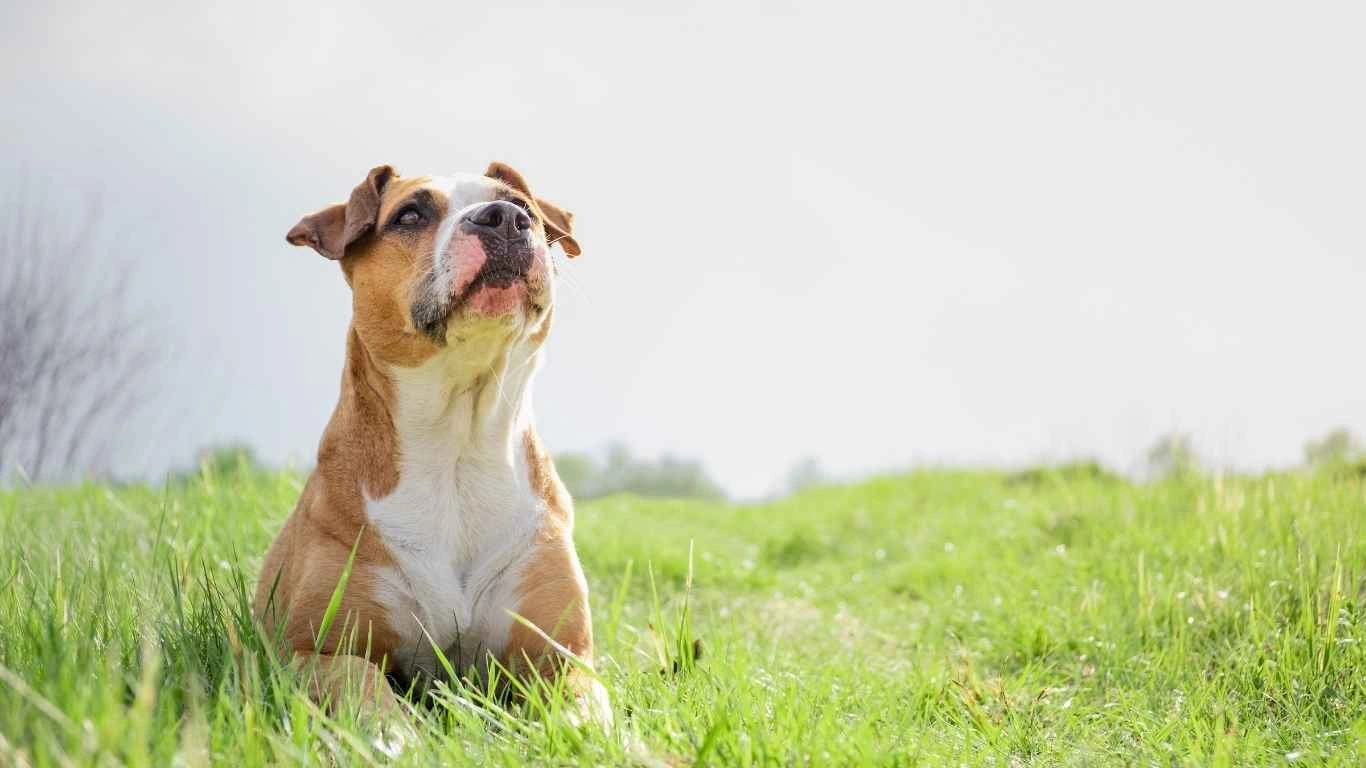
Let’s start by talking about why pears might actually be a great snack for your dog. Pears are loaded with vitamins and minerals that can offer several health benefits for your dog, especially when given in moderation. Pears contain a healthy amount of fiber, vitamin C, and potassium. The fiber helps with digestion, the vitamin C supports a strong immune system, and potassium plays a role in maintaining muscle function. So, yes, when served correctly, pears can be a wholesome addition to your dog’s diet!
Why Dogs Might Enjoy Pears
Dogs are known to enjoy a wide variety of fruits, and pears are no exception. The juicy, sweet taste is often a hit with dogs, especially if they’re accustomed to trying new foods. Pears are also relatively low in calories compared to some other fruits like bananas or grapes, making them a great choice for dogs who might need to watch their weight. But as with any new food, it’s important to introduce pears slowly and watch for any signs of discomfort.
The Nutritional Breakdown of Pears
- Fiber: Pears are rich in fiber, which is excellent for digestion. This can help keep your dog’s gastrointestinal system running smoothly.
- Vitamin C: While dogs produce their own vitamin C, a little extra boost from natural sources like pears can help keep their immune systems strong, especially in older dogs or those with weakened health.
- Potassium: Potassium helps with muscle function and promotes good heart health. It’s important to have a balance of electrolytes, and pears can play a small part in that.
- Water: Pears are about 80% water, which can help keep your dog hydrated, especially if they’re not drinking enough water on their own.
Can Dogs Eat Pears? Yes, But With Caution
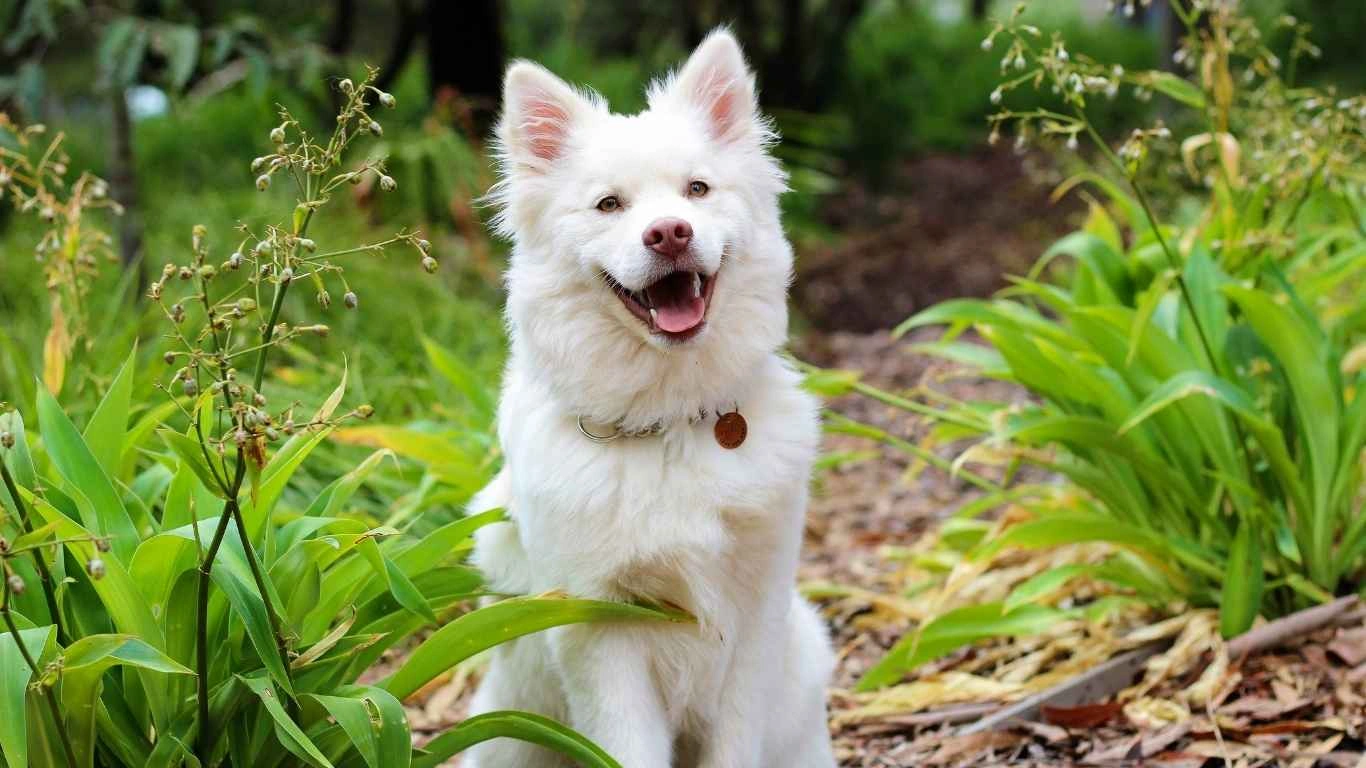
While the short answer to the question “Can dogs eat pears?” is yes, there are a few important things to consider before tossing your dog a pear. Just because pears are safe in small amounts doesn’t mean that they can be given carelessly. In fact, there are a few risks involved when feeding pears to dogs that are worth knowing about.
How to Safely Feed Pears to Your Dog
The best way to serve pears to your dog is by cutting the fruit into small, manageable pieces. Dogs don’t have the same chewing ability as humans, and large chunks could cause choking or discomfort. Always remove the core and seeds before giving any pear to your dog. The seeds, in particular, contain small amounts of cyanide, which can be toxic to dogs in larger quantities. Although the occasional seed might not pose a huge risk, it’s best to avoid them entirely.
Moderation is Key
Just like with any treat, moderation is key when feeding pears to your dog. Pears, while healthy, are still high in sugar and can lead to stomach upset if eaten in large quantities. Too much fruit, in general, can lead to gastrointestinal issues such as diarrhea or vomiting. Start with a small piece and see how your dog reacts before offering more. This is especially important if your dog has a sensitive stomach or has never had pears before.
Watch for Allergic Reactions
Although rare, some dogs may be allergic to certain fruits. Pears are not among the most common allergens, but it’s still important to keep an eye on your dog after offering them a new food. Look for symptoms such as itching, swelling, or digestive upset. If you notice any of these signs, discontinue giving pears and consult your veterinarian. It’s always a good idea to check with your vet before introducing new foods, especially if your dog has any pre-existing health conditions.
Are There Any Risks of Feeding Pears to Dogs?
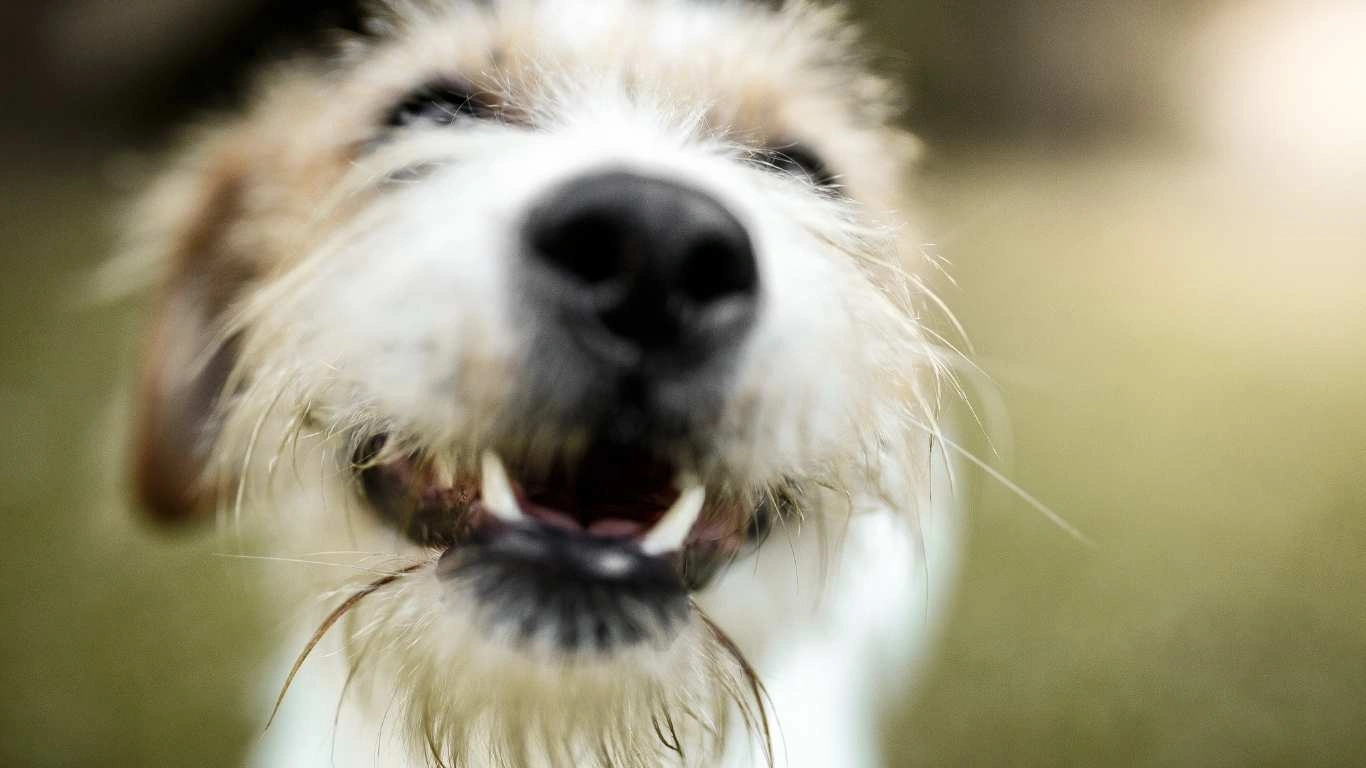
As with any treat or food, there are some risks involved when feeding pears to dogs. We’ve already discussed the seeds and core, which are the most concerning parts of the pear. But there are a few other factors to keep in mind.
Pears Are High in Sugar
Although pears are a healthy fruit, they are still naturally high in sugar. Too much sugar can lead to weight gain, obesity, or even diabetes in dogs over time, especially if they’re given too many sweet treats. Dogs who are already overweight or have diabetes should avoid high-sugar fruits like pears, and instead stick to more dog-friendly treats that are lower in sugar.
Choking Hazard
If you don’t cut the pear into small enough pieces, it can pose a choking hazard to your dog. Large chunks of pear can get stuck in their throat, potentially leading to a blockage. Always slice the pear into bite-sized pieces and remove any pits or seeds before giving them to your dog.
In conclusion, pears are a safe and nutritious treat for most dogs when given in moderation and with a few precautions. While pears offer several health benefits, it’s crucial to take care when feeding them to your dog, ensuring they are properly prepared and served in safe amounts. By following these simple guidelines, you can feel confident sharing pears as a tasty treat with your furry friend!
When to Avoid Giving Pears to Your Dog
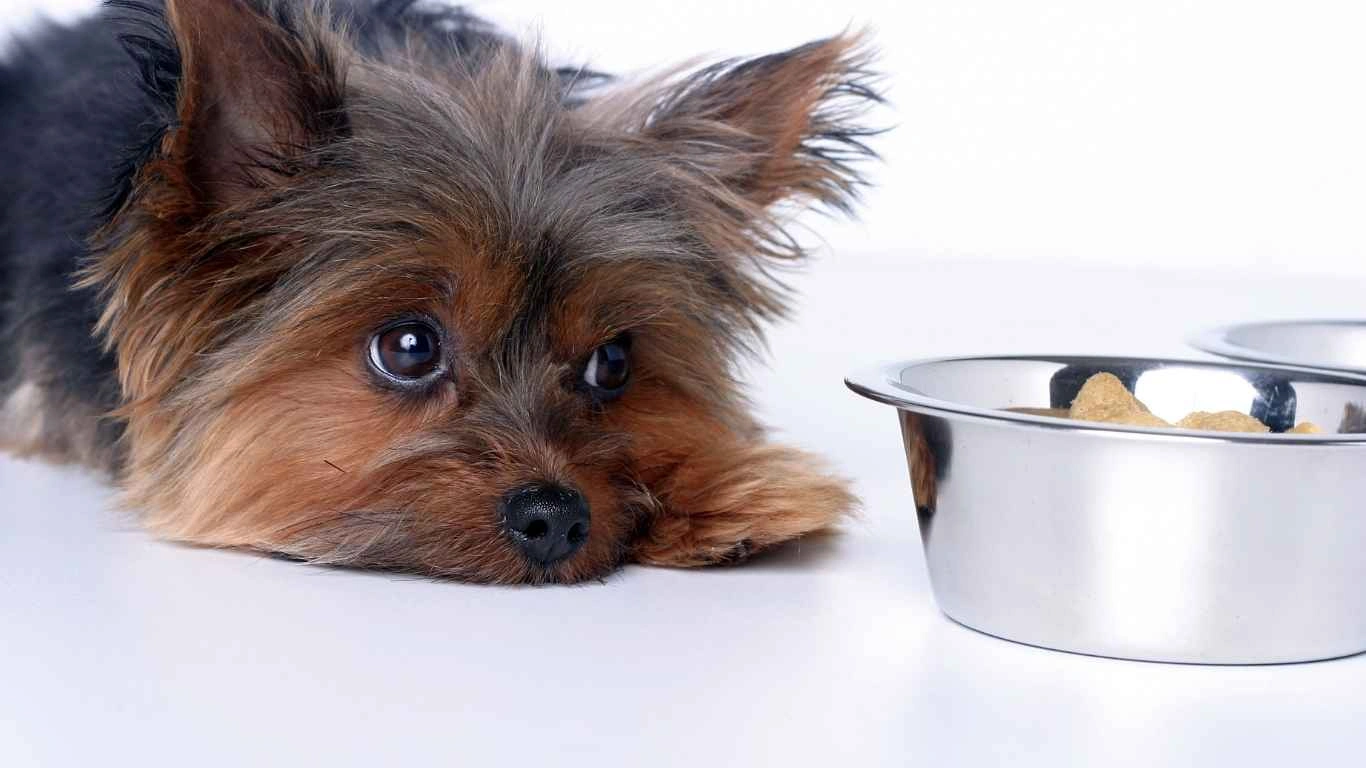
As much as pears can be a delicious treat for your dog, there are situations where you should avoid giving them this fruit. Not every dog is the same, and some health conditions can make pears a less-than-ideal snack for your pet. Let’s talk about the circumstances where pears might not be the best option.
If Your Dog Has a Sensitive Stomach
Some dogs have more delicate digestive systems, and introducing new foods like pears can sometimes cause an upset stomach. If you’ve noticed that your dog tends to get an upset stomach easily after eating new treats or foods, you should probably hold off on pears or any other unfamiliar fruits. Stick to their regular diet and only introduce fruits like pears if you’re certain that they’ll be able to digest it well.
If Your Dog Is Overweight or Diabetic
Pears, like most fruits, are high in sugar. While it’s natural sugar, it can still contribute to weight gain or blood sugar spikes if your dog already has issues with obesity or diabetes. If your dog is overweight, it’s crucial to monitor what treats and snacks they’re consuming. Even healthy fruits should be given sparingly or avoided altogether in these cases. In these situations, it’s best to consult your vet for alternative low-sugar snacks that would be safer for your dog.
When Your Dog Has Kidney Issues
Kidney disease can affect a dog’s ability to process certain nutrients, including the potassium found in pears. While potassium is generally a beneficial mineral, dogs with kidney disease may need to avoid foods that are high in potassium. If your dog is on a special diet for kidney issues, it’s always wise to check with your vet before introducing new foods like pears into their diet. Some foods, including fruits, can throw off the delicate balance needed for dogs with kidney conditions.
How to Tell If Pears Are Right for Your Dog
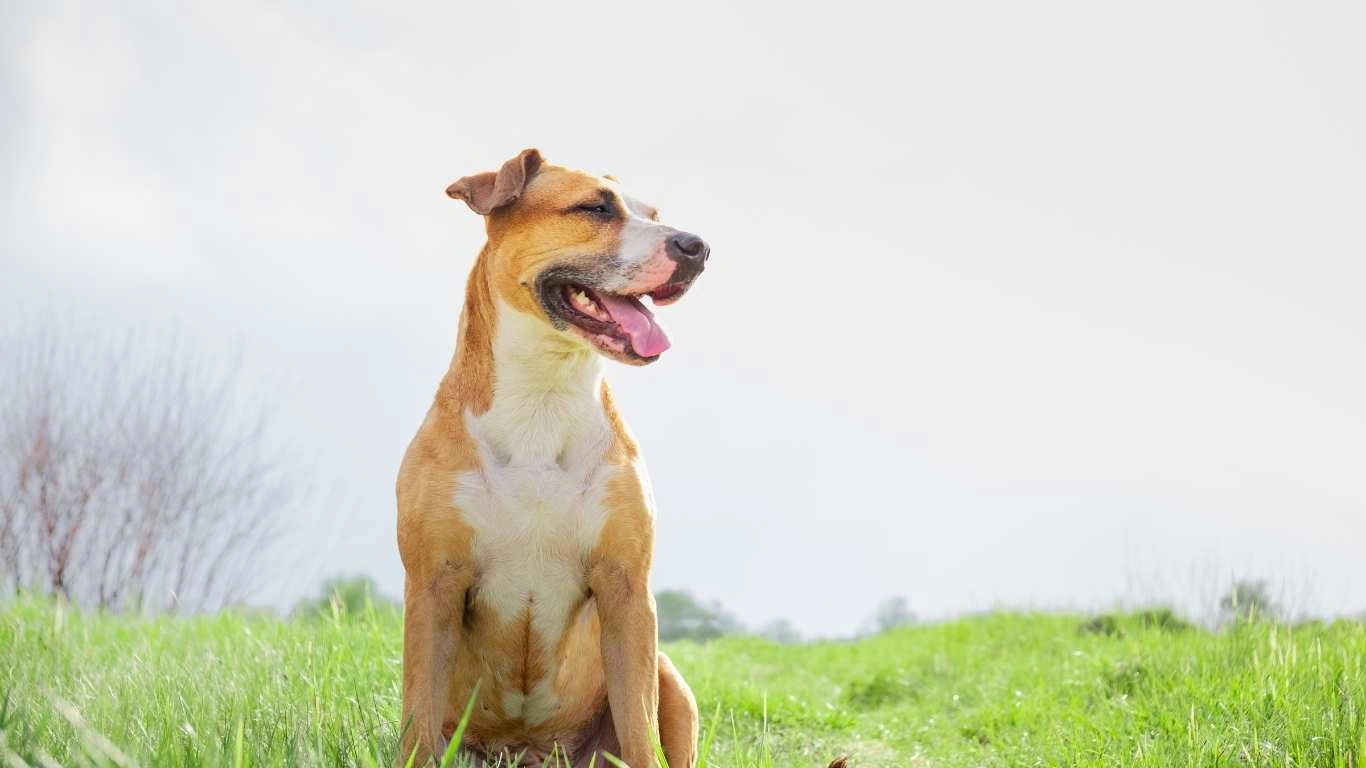
So how do you know if pears are a good fit for your dog’s diet? There are a few signs to look out for to ensure your pup is digesting the pears properly and that they’re enjoying the treat safely.
Start Slow and Observe
As I’ve learned over the years working with animals, it’s always a good idea to start slow when introducing any new food, including pears. Give your dog a small piece and see how they react. Keep an eye out for any signs of digestive upset, such as diarrhea or vomiting. If they seem fine after a few hours, then you can slowly increase the amount you give them. If you notice any problems, though, it’s best to remove pears from their diet and consult with your vet.
Watch Their Energy and Mood
Sometimes the effects of new foods can be a bit more subtle. Pay attention to your dog’s energy levels and mood after giving them pears. Are they more lethargic than usual? Do they seem unusually gassy or bloated? This could be a sign that the pears don’t agree with them. On the flip side, if they seem happy and energetic, it might mean that pears are a good addition to their diet. Each dog is different, so watching their behavior is key to understanding how they handle new foods.
Consult Your Vet If You’re Unsure
If you’re ever in doubt about whether pears are the right choice for your dog, it’s always a good idea to check in with your veterinarian. Your vet knows your dog’s health history and can give you advice based on their specific needs. Whether it’s a question about pears or another food, a quick consult with your vet can help ensure that you’re making the right choice for your dog’s health and well-being.
Other Safe Fruits to Feed Your Dog

If your dog enjoys pears, you might be wondering what other fruits are safe for them to eat. Luckily, there are several other dog-friendly fruits that can be a great addition to their diet, offering similar health benefits to pears. Some fruits are low in sugar and can provide extra vitamins, fiber, and hydration for your dog.
Apples
Just like pears, apples are a popular fruit among dogs. They’re low in calories and high in fiber, making them a great option for dogs that need a healthy snack. Just remember to remove the seeds and core, as they contain cyanide, which can be toxic to dogs. Apples are also a good source of vitamin C, which helps support your dog’s immune system.
Blueberries
Blueberries are another great fruit for dogs. They’re packed with antioxidants, which can help fight off free radicals and support your dog’s overall health. Blueberries are also low in calories, making them an ideal treat for dogs on a weight management plan. Just like with any other fruit, moderation is key. A handful of blueberries can make for a fun and healthy treat.
Watermelon
Watermelon is another hydrating fruit that dogs seem to love. It’s high in water content (over 90%), which makes it a perfect summer snack for keeping your dog hydrated. Watermelon is low in calories and contains vitamins A and C, both of which are beneficial for your dog’s health. Just be sure to remove the seeds and rind, as these can cause digestive problems if eaten by your dog.
Incorporating a variety of fruits into your dog’s diet can help keep their meals interesting and nutritious. Of course, always be sure to check for any adverse reactions when introducing new fruits, and remember that not all fruits are safe for dogs. Some fruits, like grapes and raisins, should always be avoided as they can cause serious harm to your dog’s kidneys. Stick with safe options like pears, apples, and blueberries, and your dog will be enjoying healthy, tasty treats in no time!
How to Incorporate Pears into Your Dog’s Diet
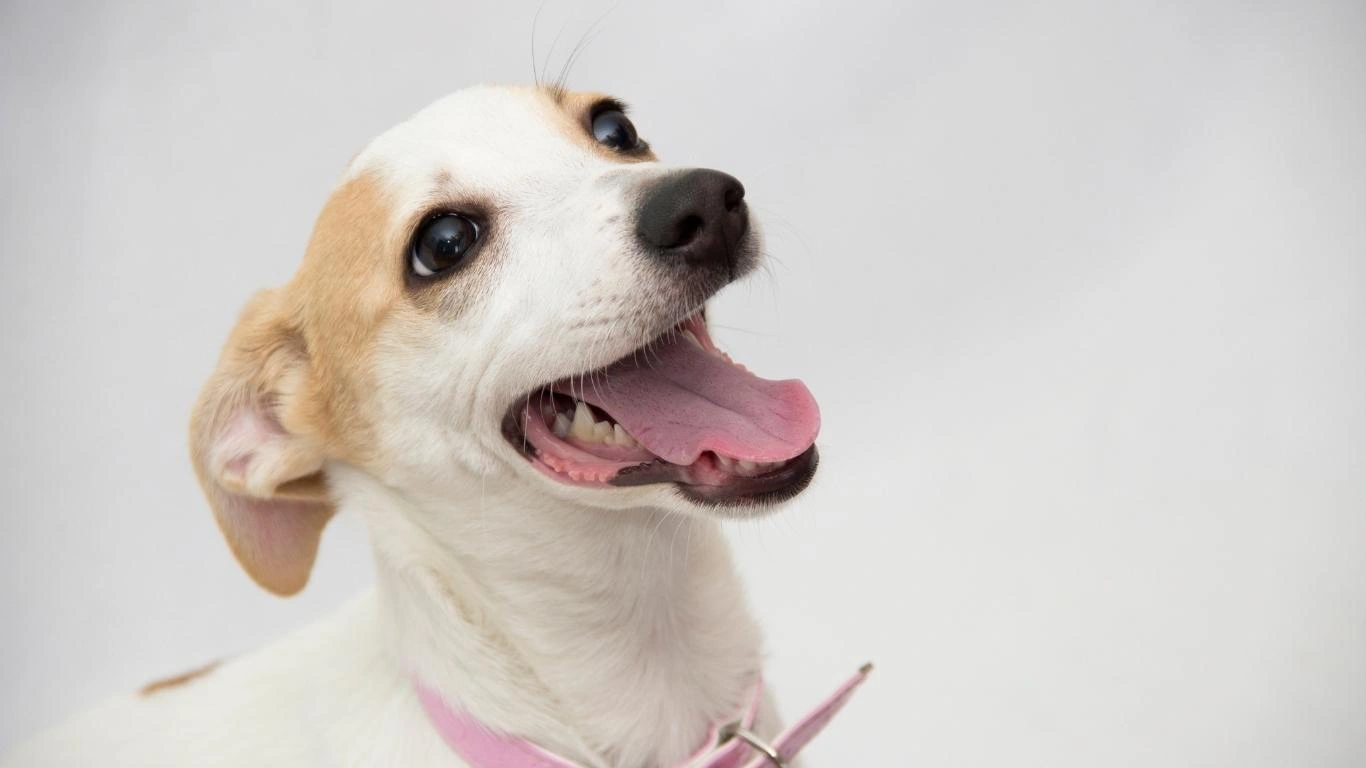
If you’ve decided that pears are a safe and tasty treat for your dog, you might be wondering how best to incorporate them into your dog’s diet. It’s all about moderation and making sure that pears complement your dog’s regular meals. Let’s explore a few ideas for adding pears to your dog’s snack rotation without overdoing it.
Start with Small Portions
When it comes to feeding pears to your dog, always start small. While pears are generally safe, you want to be cautious about introducing too much too soon. A few bite-sized pieces are enough to see how your dog reacts to the fruit. If all goes well, you can increase the portion gradually over time. The key is to remember that treats like pears should never make up more than 10% of your dog’s daily calorie intake, so balance is crucial.
Mix Pears with Other Dog-Friendly Ingredients
One fun way to serve pears to your dog is by mixing them with other healthy, dog-friendly ingredients. For example, you could combine diced pears with plain, unsweetened yogurt for a cooling treat on a hot day. You could also blend pears with some carrots and peanut butter for a tasty snack that’s sure to please your pup. Just make sure that all the ingredients you use are safe for dogs. Avoid anything that contains artificial sweeteners, especially xylitol, which is toxic to dogs.
Use Pears as a Tasty Reward
Pears can also make for a great training reward. If your dog loves the taste of pears, they might be more motivated to learn new tricks or follow commands when they know there’s a pear waiting for them at the end. Be sure to cut the pears into small, manageable pieces, so they don’t fill your dog up too much and interfere with their regular meals.
References to Further Explore Pears and Other Safe Dog Foods
If you’re interested in learning more about the types of fruits that are safe for dogs, or if you want to dive deeper into dog nutrition and overall health, there are some great resources out there that provide reliable and up-to-date information. Here are a few places to check out:
- PetMD – A reliable resource for all things related to dog health and nutrition.
- American Kennel Club – Learn more about your dog’s diet, exercise needs, and how to keep them healthy.
- National Institutes of Health – For information on general health and wellness, including aspects that impact your dog’s health.
Disclaimer
It’s important to note that while pears are generally safe for dogs, each dog is unique, and what works for one dog may not work for another. Always consult with your veterinarian before introducing any new food into your dog’s diet, especially if your dog has a pre-existing health condition. The information provided here is based on general guidelines, but your veterinarian will be able to provide the most personalized and accurate advice based on your dog’s health history and dietary needs. If your dog experiences any adverse reactions after eating pears or any other food, discontinue feeding them the fruit and seek veterinary assistance immediately.
Always remember that moderation is key. Pears should be served in small portions, and other fruits should be considered as part of a well-balanced diet. The same way we, as pet owners, have to be mindful of our own nutrition, it’s just as important for our dogs to enjoy a healthy, well-rounded diet that supports their well-being!
